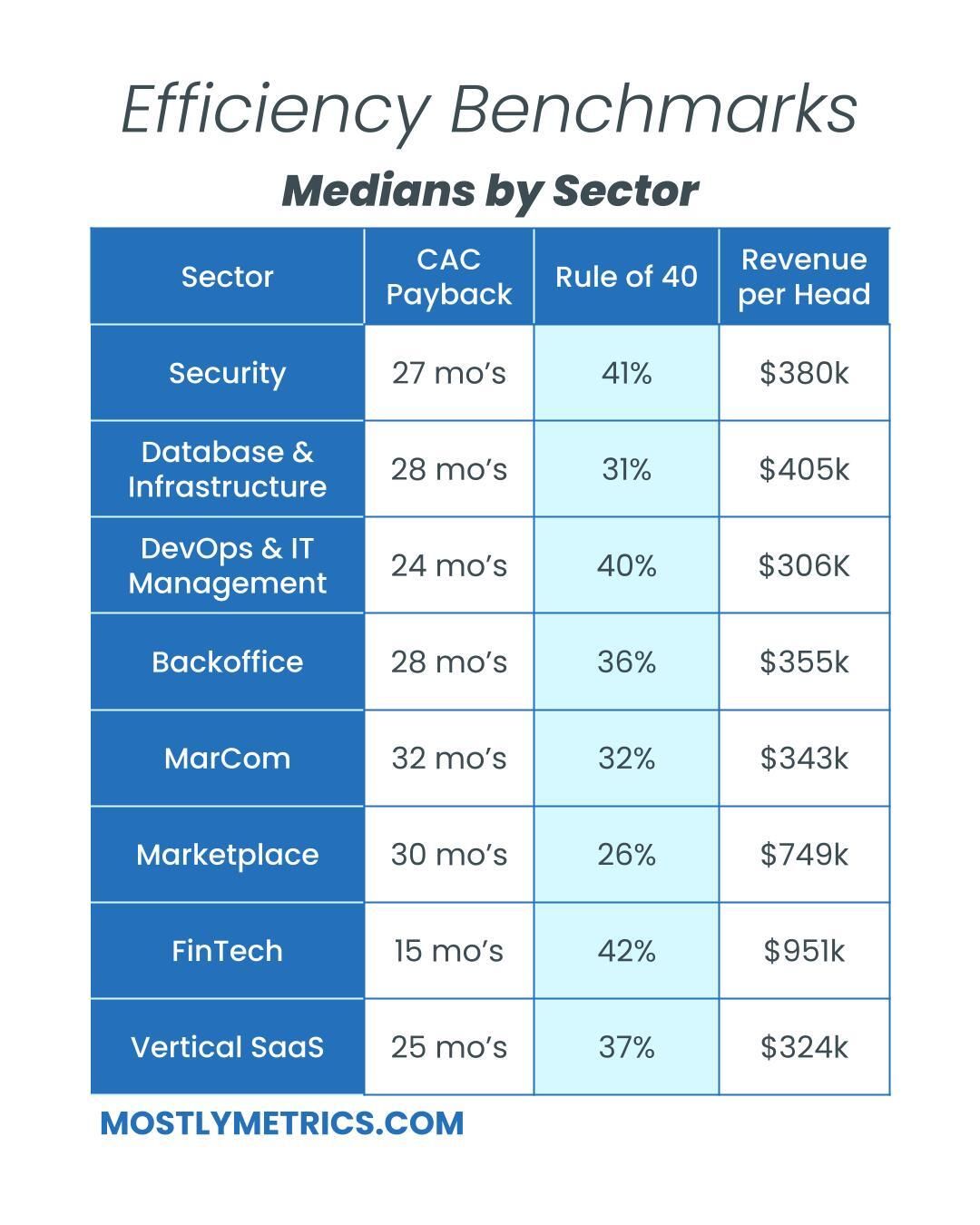
Big news in the CFO world!
The Seattle Tech CFO community has merged with The F Suite forming the nation’s largest community exclusively for senior tech CFOs with over 900 members including from companies like Bumble, Smartsheet, Circle, Rover, Fireblocks, Redfin, Robinhood, Via, Tableau, Cedar, OfferUp, Hubspot, and Lyft.
Members of the combined F Suite community connect through conferences, local events, deep dive offsites, virtual learning, benchmarking surveys, industry groups, and an online platform where CFOs collaborate with each other in real-time on their most pressing challenges of the day.
Two Steps Forward, Three Steps Back
Last week Salesforce missed earnings for the first time in 73 quarters.
And the market was not kind, sending the stock down 20% overnight, and erasing more than $50 billion in value.
$50 billion is a mind numbing amount. That’s like 1.5 Hubspot’s.
So how much did they miss by? How TERRIBLE was it?
Well, they reported fiscal first quarter revenue of $9.13 billion, missing analyst forecasts of $9.17 billion. Kind of a rounding error, if we’re being real.
But Dave Kellogg, of Kellblog Fame, makes a great point:

CFOs have like three other plans they operate off of to make sure they don’t miss THIS plan. So when you miss, it means you truly burnt through all your safety nets, and something went very wrong.
Now, CRM wasn’t the only one to get crushed. Snowflake, Veeva, UiPath, and MongoDB also took hits.

The reason? They all missed earnings.
The theme I’d pick out for operators reading this is you are only as good as the last thing you promised the market.
Salesforce hadn’t missed earnings since 2006, and the market didn’t give them a mulligan. How’s that for “what have you done for me lately”?
The weight put in your “Say:Do” ratio is at an all time high (also, how’s that for a new metric?)
My friend Mitch, who leads a big sales team at Broadcom, once told me:
“One of my most steadfast truths I swear by is my Say:Do ratio… I always call this out to mentees and also when I interview… My word is gold and if put my name on something it will get done. No one has to follow up with me ever”
And it applies to providing guidance, especially when the market is on unsure footing and tech sentiment is low.
Shocks like this further delay late stage tech companies going public, and for two very different reasons.
If you’re an uber successful company like Stripe or Databricks, who can run tendies internally to provide employees liquidity, why would you subject yourself to this kind of hardcore scrutiny?

If the markets are putting downward pressure on multiples, it makes it more difficult for companies who previously raised at high valuations to claw back to that high water mark and bail out late stage investors
So two steps forward, three steps back.
And keep your Say:Do ratio in check.

TL;DR: Multiples are trending DOWN week-over-week.
Top 10 Medians:
EV / NTM Revenue = 12.9x (-0.9x w/w)
We no longer have anyone trading at +20x
CAC Payback = 23 months (flat w/w)
Rule of 40 = 54% (flat w/w)
Revenue per Employee = $380K (up $1K w/w)

Figures for each index are measured at the Median unless otherwise stated
Average, Median, and Top 10 Median are measured across the entire data set, where n = 116
All margins are non-gaap
You can find the list of companies within each sector here.
All definitions and formulas can be found here.
If you’d like the specific company level performance benchmarks used in these reports book a benchmarking consultation with Virtua Research
Revenue Multiples
Revenue multiples are a shortcut to compare valuations across the technology landscape, where companies may not yet be profitable. The most standard timeframe for revenue multiple comparison is on a “Next Twelve Months” (NTM Revenue) basis.
NTM is a generous cut, as it gives a company “credit” for a full “rolling” future year. It also puts all companies on equal footing, regardless of their fiscal year end and quarterly seasonality.

However, not all technology sectors or monetization strategies receive the same “credit” on their forward revenue, which operators should be aware of when they create comp sets for their own companies. That is why I break them out as separate “indexes”.
Reasons may include:
Recurring mix of revenue
Stickiness of revenue
Average contract size
Cost of revenue delivery
Criticality of solution
Total Addressable Market potential
From a macro perspective, multiples trend higher in low interest environments, and vice versa.
Multiples shown are calculated by taking the Enterprise Value / NTM revenue.
Enterprise Value is calculated as: Market Capitalization + Total Debt - Cash
Market Cap fluctuates with share price day to day, while Total Debt and Cash are taken from the most recent quarterly financial statements available. That’s why we share this report each week - to keep up with changes in the stock market, and to update for quarterly earnings reports when they drop.
Historically, a 10x NTM Revenue multiple has been viewed as a “premium” valuation reserved for the best of the best companies.
Efficiency Benchmarks
Companies that can do more with less tend to earn higher valuations.

Three of the most common, and consistently publicly available, metrics to measure efficiency include:
CAC Payback Period: How many months does it take to recoup the cost of acquiring a customer?
CAC Ratio is calculated as: (∆TTM Sales * Gross Profit Margin) / TTM S&M
CAC Payback Period is calculated as: (1 / CAC ratio) * 12
Note: Some may measure CAC Payback using the change in last quarter’s revenue x 4, but I believe this overstates a company’s progress if they are growing fast, and the output can be volatile due to quarterly sales seasonality. That’s why I look at it on a Trailing Twelve Month Basis.
Rule of 40: How does a company balance topline growth with bottom line efficiency? It’s the sum of the company’s revenue growth rate and free cash flow margin. Netting the two should get you above 40 to pass the test.
Rule of 40 is calculated as: Total Revenue Growth YoY % + Non Gaap Operating Profit Margin %
Non Gaap Free Cash Flow is calculated as: Net cash provided by operating activities, minus capital expenditures and minus capitalized software development costs.
Revenue per Employee: On a per head basis, how much in sales does the company generate each year? The rule of thumb is public companies should be doing north of $450k per employee at scale. This is simple division. And I believe it cuts through all the noise - there’s nowhere to hide.
Revenue per Employee is calculated as: (TTM Revenue / Total Current Employees)
A few other notes on efficiency metrics:
Net Dollar Retention is another great measure of efficiency, but many companies have stopped quoting it as an exact number, choosing instead to disclose if it’s above or below a threshold once a year. It’s also uncommon for marketplaces and fintechs to report it at all.
Most public companies don’t report net new ARR, and not all revenue is “recurring”, so I’m using annual change in TTM revenue timeframes as a proxy in my calculations. I admit this is a “stricter” view, as it is measuring change in net revenue, rather than gross revenue additions pre-churn.
Operating Expenditures
Decreasing your OPEX relative to revenue demonstrates Operating Leverage, and leaves more dollars to drop to the bottom line, as companies strive to achieve +25% profitability at scale.

The three most common buckets companies put their operating costs into are:
Sales & Marketing: Sales and Marketing employees, advertising, demand gen, events, conferences, tools
Research & Development: Product and Engineering employees, development expenses, tools
General & Administrative: Finance, HR, and IT employees… and everything else. Or as I like to call myself “Strategic Backoffice Overhead”
All of these are taken on a non Gaap basis and therefore exclude stock based comp, a non cash expense. SBC is still an important figure to track for total comp and dilution purposes, though.
All benchmarking data provided by Virtua Research.
Book a benchmarking consultation with them here.
